Expansion of Automotive Industry
The automotive industry is a significant driver for the Welded Metal Bellows Market, as the demand for high-performance components continues to rise. With the increasing focus on vehicle efficiency and emissions reduction, welded metal bellows are being utilized in various applications, including exhaust systems and suspension components. Recent data indicates that the automotive sector contributes to nearly 30% of the overall demand for welded metal bellows, with expectations of steady growth as electric and hybrid vehicles become more prevalent. This shift towards advanced automotive technologies is likely to further propel the need for reliable and efficient welded metal bellows, thereby enhancing their market presence. As manufacturers adapt to these changes, the Welded Metal Bellows Market is poised for continued expansion.
Increased Focus on Customization
Customization is becoming a pivotal driver in the Welded Metal Bellows Market, as clients increasingly demand tailored solutions to meet specific operational requirements. Manufacturers are responding by offering bespoke designs that cater to unique applications across various sectors, including aerospace, automotive, and industrial machinery. This trend is particularly pronounced in industries where standard components may not suffice due to extreme conditions or specialized functions. The ability to provide customized welded metal bellows not only enhances customer satisfaction but also opens new revenue streams for manufacturers. As the market evolves, the emphasis on customization is likely to intensify, compelling companies to innovate and adapt their offerings in the Welded Metal Bellows Market.
Rising Applications in Energy Sector
The Welded Metal Bellows Market is witnessing a notable increase in applications within the energy sector, particularly in oil and gas, nuclear, and renewable energy industries. The need for reliable sealing solutions in high-pressure and high-temperature environments is driving demand for welded metal bellows. According to industry reports, the energy sector accounts for a substantial share of the market, with projections indicating a growth rate of approximately 5% annually over the next few years. This growth is fueled by the ongoing investments in energy infrastructure and the shift towards cleaner energy sources. As companies strive to enhance operational efficiency and safety, the reliance on welded metal bellows is expected to expand, further solidifying their role in the Welded Metal Bellows Market.
Growing Emphasis on Quality and Reliability
Quality and reliability are paramount in the Welded Metal Bellows Market, particularly as industries demand components that can withstand harsh operating conditions. The increasing scrutiny on product performance and safety standards is driving manufacturers to enhance their quality control processes. This focus on quality is not only essential for compliance with regulatory requirements but also for maintaining customer trust and satisfaction. As a result, companies are investing in advanced testing and certification processes to ensure their welded metal bellows meet stringent industry standards. This trend suggests that the commitment to quality and reliability will be a key differentiator in the Welded Metal Bellows Market, influencing purchasing decisions and shaping competitive dynamics.
Technological Innovations in Welding Techniques
The Welded Metal Bellows Market is experiencing a surge in technological innovations, particularly in welding techniques. Advanced methods such as laser welding and electron beam welding are enhancing the precision and durability of welded metal bellows. These innovations not only improve product quality but also reduce production costs, making it more feasible for manufacturers to meet increasing demand. As industries seek more reliable and efficient components, the adoption of these advanced welding techniques is likely to drive growth in the market. Furthermore, the integration of automation in manufacturing processes is expected to streamline operations, thereby increasing output and efficiency. This trend suggests that companies investing in modern welding technologies may gain a competitive edge in the Welded Metal Bellows Market.




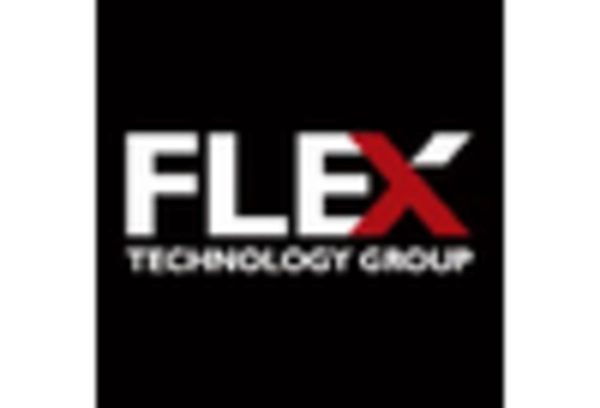
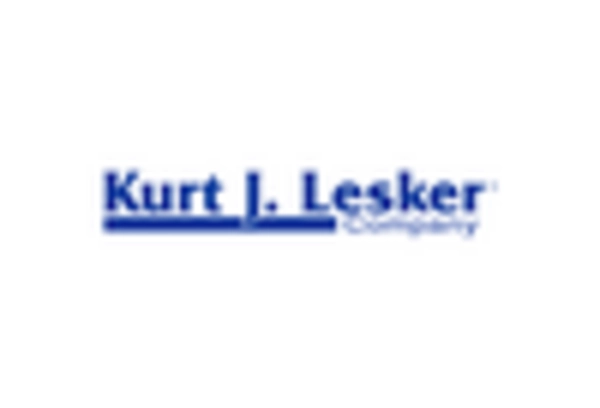
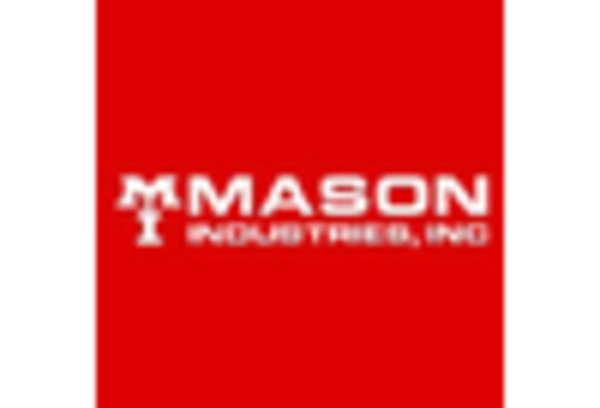
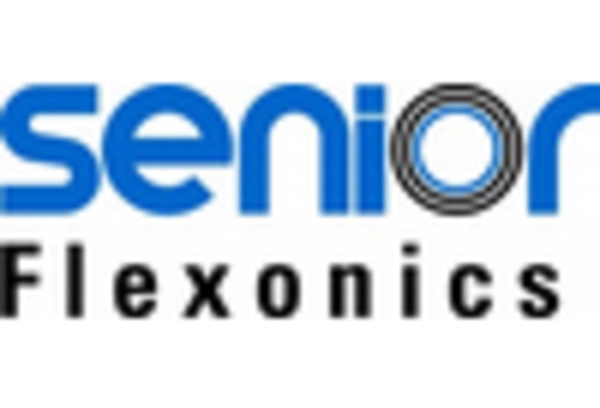
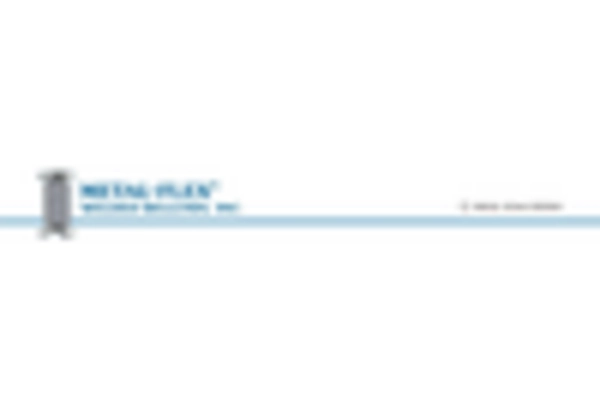








Leave a Comment